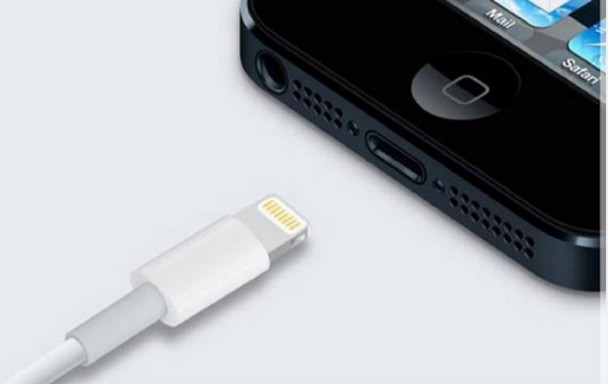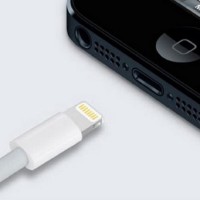iiNet’s iPhone 6 plans are a popular option for those looking for the best of the current generation iPhone experience, but many longtime iPhone owners are surprised to find their old accessories no longer work with their new iOS devices. The original 30-pin platform, a wide, flat input that was the standard charger and USB style for years, provided a reasonably reliable connection between iOS devices and charging or power sources, but was not without significant flaws.
30-pin connections were unidirectional, meaning they only worked if inserted into the device in a specific direction, and they also degraded over time with many ceasing to work during their projected working lifespan. To address these issues, Apple developed the proprietary Lightning charger as a superior alternative and introduced it with the release of the iPhone 5.

Improvements
The Lightning-type connection is a small, flat rounded input that is 80 percent smaller than the old 30-pin connection, allowing Apple to design sleeker devices with the internal space saved. They are designed to promote both faster charging and data transfer, and Lightning inputs are also reversible, allowing an active connection when inserted into the device in either direction. Lightning chargers are designed with a longer operational life as well, minimizing the durability issues with the original 30-pin connection.
Limitations
While the move to the Lightning connection type does deliver a number of benefits, veterans of iOS may find themselves inconvenienced by the result of the change. A central part of Apple’s motivation to develop a manufacturer-based standard for accessories was to curtail sales of 3rd party peripherals, which the company pointed to as the main cause of the widespread issues with 30-pin connectors. For this reason, only Apple-branded Lightning chargers are compatible with current generation iOS devices, with other accessories triggering a rejection message when inserted.
Another necessary result of the move to Lightning was the obsolescence of the old 30-pin accessories, but fortunately owners of these peripherals can also buy a 30-pin to Lightning adaptor from Apple. These adaptors may alter the way your iPhone fits into charger stands and music docks, but offer a way for vested iOS owners to get more life from their older accessories.
The Lightning connection was developed to provide iOS users with better, more reliable performance, but the switch does mean the end of the old 30-pin connection type. Despite the short-term issues such a shift represents, the new input type was introduced with the future of the iOS line in mind.
